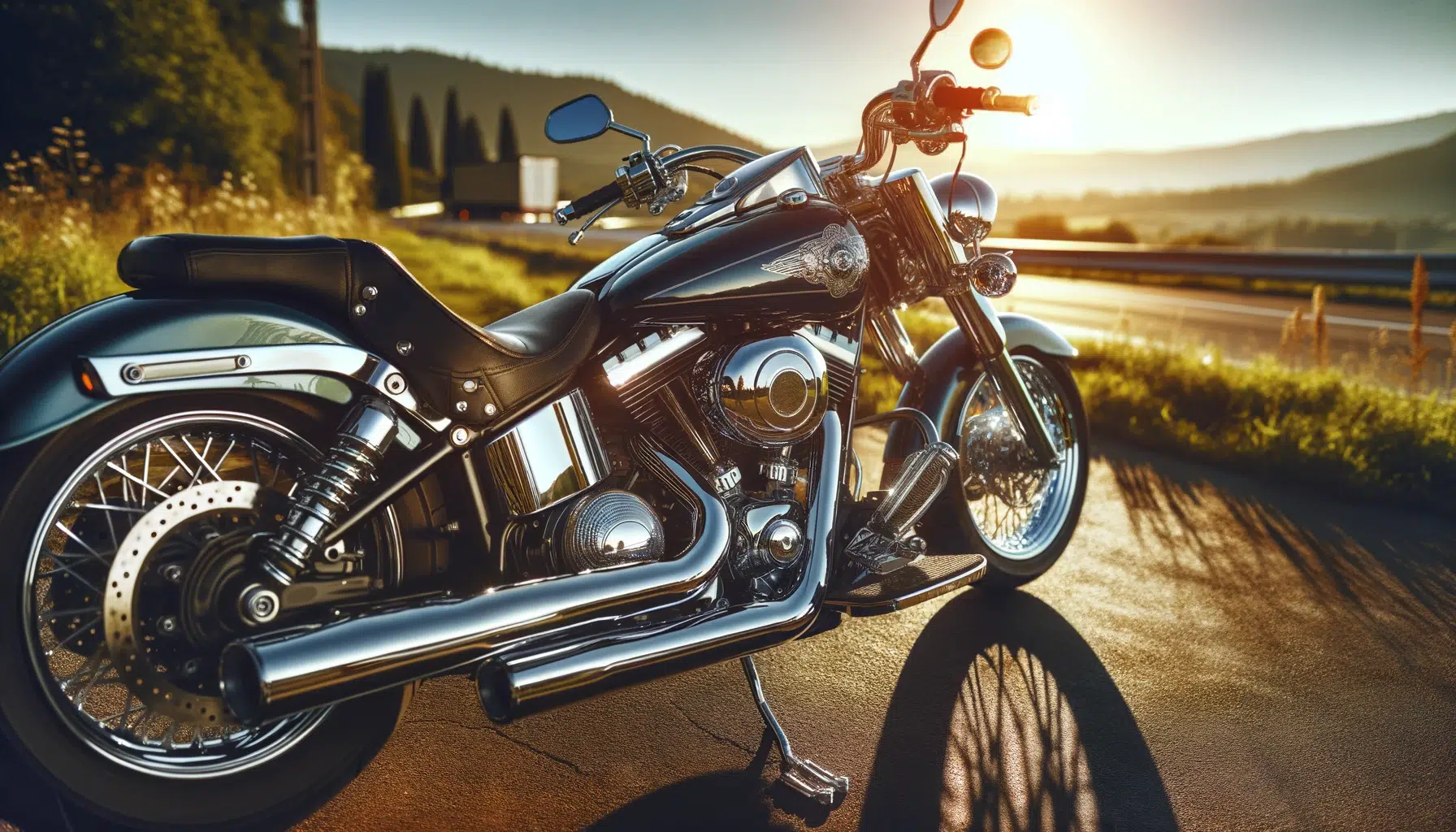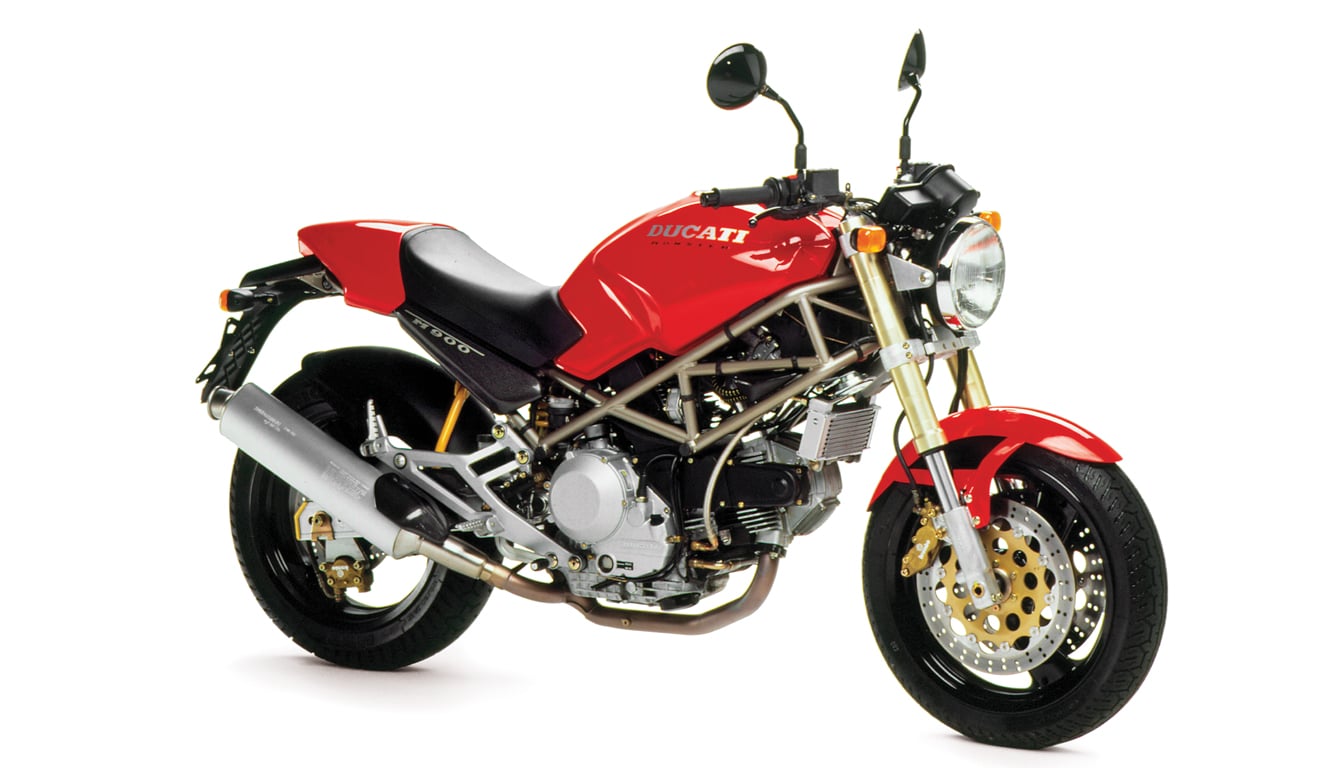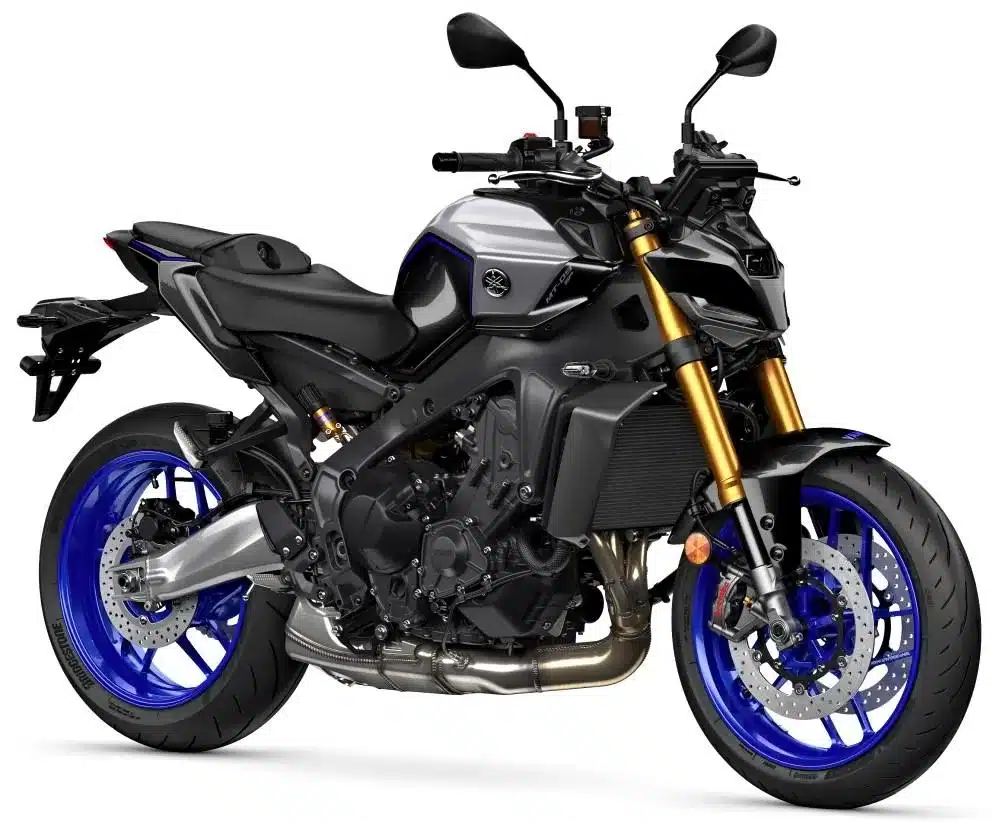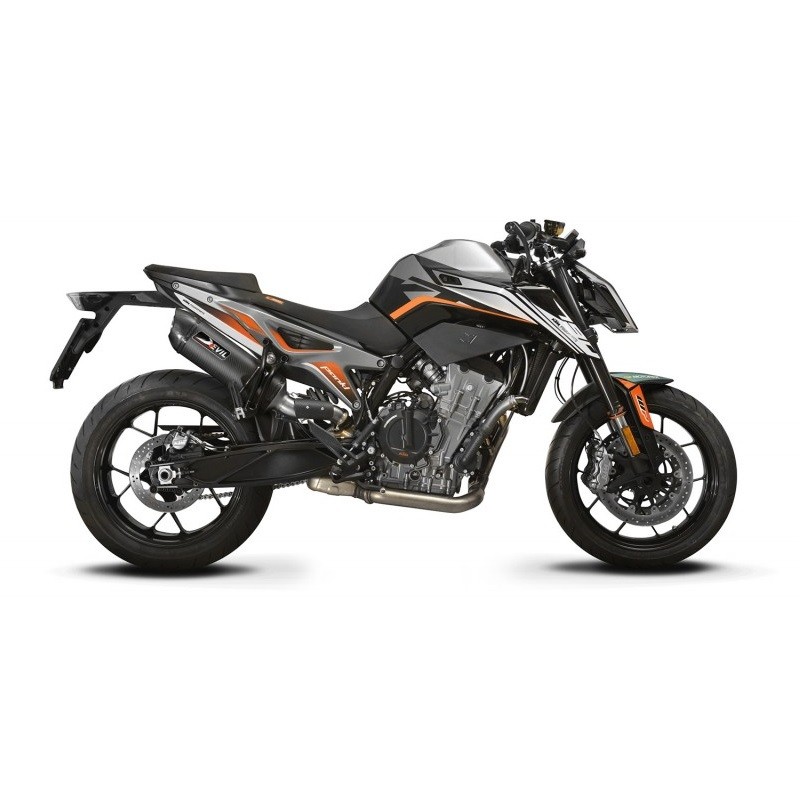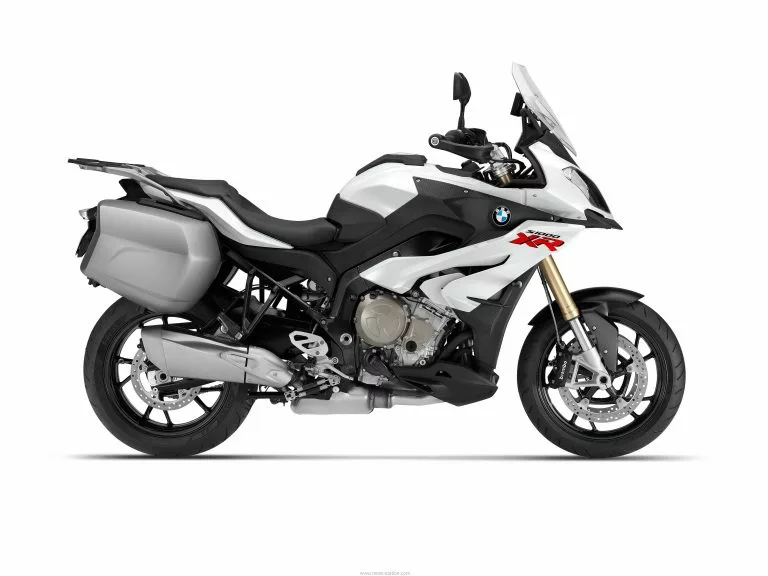The paint on your motorcycle not only adds to its aesthetic appeal but also serves as a protective layer.
Preserving this paint is key to maintaining the value and appearance of your bike. Here are the top 10 tips to keep your motorcycle’s paint in pristine condition.
1- Choosing the Right Cleaning Products
Select gentle and effective cleaning products.
Avoid harsh chemicals that can strip the paint.
Opt for pH-neutral soaps specifically designed for vehicles.
2 – Regular Washing Techniques
Regular washing is key to maintaining the paint on your motorcycle. It’s not just about keeping it clean, but also about protecting the paint from long-term damage caused by dirt and grime. Start by rinsing your bike with water to remove loose dirt. Use a gentle, motorcycle-specific cleaner and avoid household detergents, which can be too harsh for automotive paints.
When washing, work in sections and use a soft, clean sponge or washing mitt. This helps avoid dragging dirt across the paint, which can cause scratches. Use light pressure and clean from the top down, as the lower parts of the bike tend to be the dirtiest. Rinse each section after washing to prevent soap from drying on the paint.
After washing, rinse the motorcycle thoroughly to remove all soap residues. It’s important to do this step carefully because dried soap can leave marks and damage the paint over time. Finish by drying the motorcycle with a soft microfiber towel to absorb water without scratching the surface.
3 – Using Microfiber Cloths for Drying
Dry your bike with microfiber cloths to avoid scratches.
These cloths are gentle on paint and help in preventing water spots.
4 – Protective Waxing and Polishing
Apply a high-quality wax or polish to protect the paint and give it a shine.
Do this every few months to maintain a protective layer.
5 – Using Paint Protection Films (PPF)
Paint Protection Films, or PPF, are a revolutionary way to keep your motorcycle’s paint shielded from scratches, UV rays, and minor abrasions. These thin, transparent films act as a barrier, safeguarding your bike’s paint without altering its appearance. They are particularly useful for high-impact areas like the tank, fenders, and side panels.
When applying PPF, it’s crucial to ensure that the surface is clean and free of any contaminants. Professional installation is recommended for the best results, as the film needs to be precisely cut and carefully applied to avoid bubbles and misalignments. Once installed, PPF is low maintenance, but it’s important to regularly check for any lifting or damage to the film itself.
6 – Parking and Storage Tips
The way you park and store your motorcycle plays a significant role in paint protection. Long-term exposure to elements like sun, rain, and wind can deteriorate your bike’s paint. Whenever possible, park your motorcycle in a garage or under a shelter. This not only protects the paint from weathering but also reduces the risk of accidental scratches from passersby or falling objects.
If indoor parking isn’t an option, use a high-quality motorcycle cover. Look for covers that are breathable to prevent moisture buildup, which can lead to rust, and ensure they have a soft lining to avoid scratching the paint. Also, avoid covering your bike while the engine is hot, as this can cause heat damage.
7 – Dealing with Scratches and Chips
Scratches and chips in your motorcycle’s paint aren’t just unsightly; they can also lead to rust and further damage if left untreated. For minor scratches, start by cleaning the area with a gentle soap and water to remove any dirt. You can then use a scratch remover or a rubbing compound specifically designed for motorcycles. Apply it gently with a microfiber cloth, following the product’s instructions.
For deeper scratches and chips, a more detailed approach is required. After cleaning, apply a small amount of matching touch-up paint. It’s crucial to find a color that matches your bike’s exact paint code. Apply the paint carefully with a fine brush or a paint pen, and allow it to dry completely.
In some cases, particularly with deeper or more visible damage, it might be best to consult a professional. A professional paint repair can ensure that the color matches perfectly and that the repair is seamless, maintaining the overall look and value of your motorcycle.
8 – Avoiding Common Mistakes
Protecting your motorcycle’s paint isn’t just about what you do; it’s also about avoiding common mistakes. One of the most frequent errors is washing the bike under direct sunlight, which can cause soap and water to dry quickly, leaving spots and streaks. Always wash your bike in a shaded area.
Another mistake is using abrasive materials like rough sponges or brushes, which can leave fine scratches on the paint. Stick to soft, gentle washing mitts or sponges. Additionally, neglecting small chips and scratches can lead to bigger problems like rust and peeling, so address these issues promptly. Lastly, don’t overlook the wheels and undercarriage, as grime and chemicals in these areas can splash up and affect the bike’s paint.
7 – Regular Inspections and Maintenance
Regularly inspect the paint for any signs of wear or damage.
Promptly take care of any issues to maintain the paint’s integrity.
Conclusion
Consistent care and proper techniques are key to protecting your motorcycle’s paint.
By following these top tips, you can keep your bike looking as good as new for years to come.





